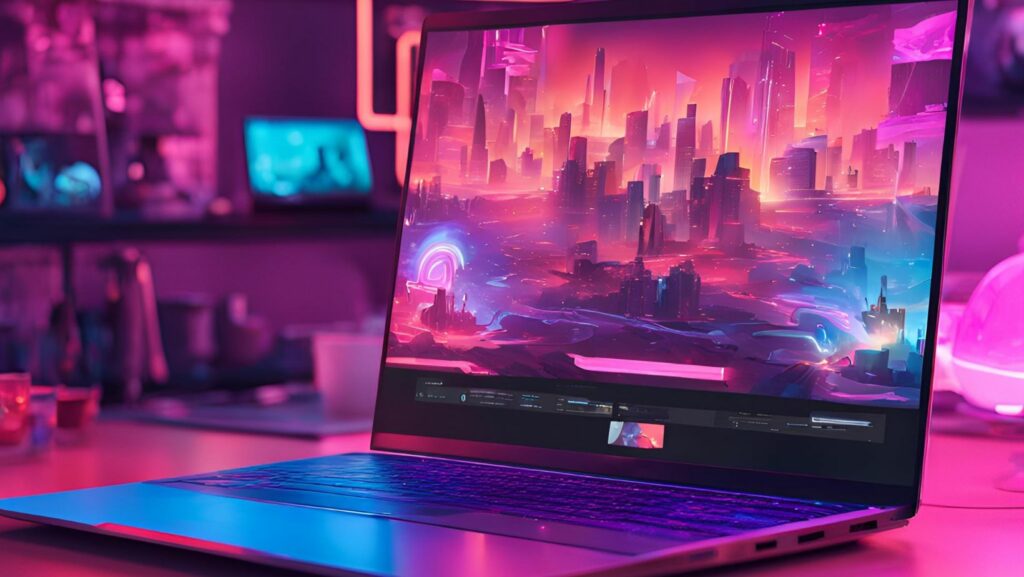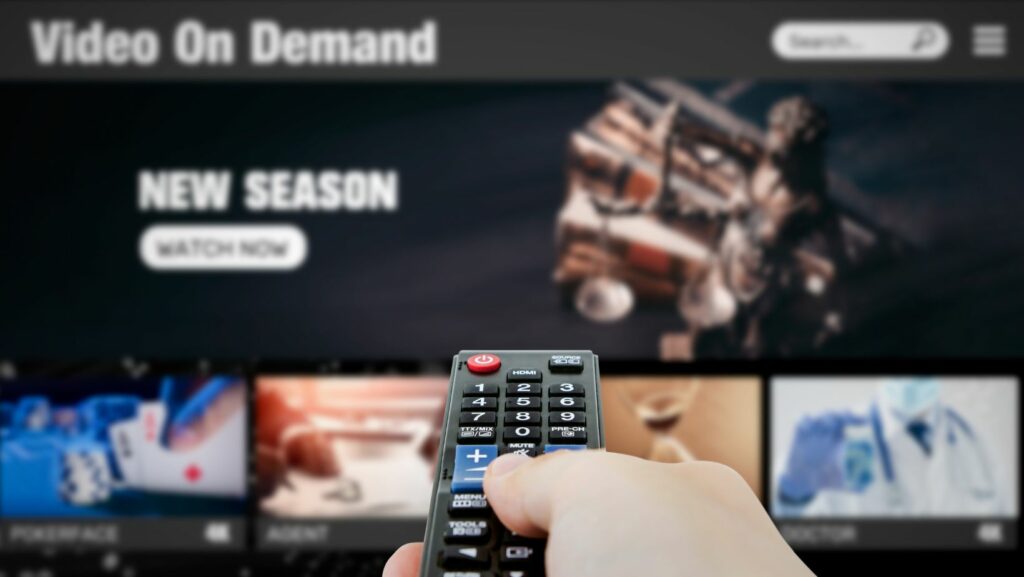Why Would Politicians Choose to Use Online Videos to Effectively Convey a Message?
- Dynamic Communication: Online videos make political messages more dynamic and accessible, enhancing engagement and understanding among audiences.
- Emotional Connection: Utilizing visuals and storytelling techniques fosters a stronger emotional connection with viewers, increasing message retention.
- Cost-Effective Outreach: Videos serve as a budget-friendly alternative to traditional advertising, allowing for widespread dissemination through social media platforms.
- Diverse Formats: Different video formats, such as live streams and short clips, cater to varying audience preferences, enhancing engagement and effectiveness.
- Success Through Authenticity: Politicians who embrace authenticity and relatable storytelling in their videos often build trust and stronger community ties.
- Engagement Metrics: Tracking video performance metrics, such as views and shares, enables politicians to refine their content strategies for better audience engagement.

In today’s fast-paced digital world, politicians are increasingly turning to online videos to reach their audiences. This shift reflects a deeper understanding of how people consume information and engage with content. Videos offer a dynamic way to convey messages, making complex issues more relatable and easier to digest.
By leveraging the power of visuals and storytelling, politicians can create a strong emotional connection with viewers. Online videos not only enhance visibility but also allow for more authentic communication. As social media platforms continue to dominate, the ability to share compelling video content has become essential for any effective political strategy.
The Power of Online Videos in Political Communication
Online videos significantly enhance political communication by making messages more dynamic and accessible. They serve as effective tools for fostering deeper connections with audiences.
Engaging the Audience
Engaging the audience is crucial for political effectiveness. Videos capture attention in ways that text cannot, utilizing visuals, sound, and movement. They evoke emotions, making audiences more likely to remember messages. Politicians often leverage interactive elements, such as questions or polls, within videos to create a two-way dialogue. This not only involves viewers but also encourages them to interact further with the political content. The immediacy of video content promotes sharing on social media platforms, amplifying reach and sparking conversations among viewers.
Visual Storytelling Techniques
Visual storytelling techniques play a vital role in conveying political messages. Politicians use compelling narratives to illustrate key issues and humanize their platforms. Techniques such as personal anecdotes, testimonials, and strong visuals help simplify complex policies and ideas. Including graphs or statistics visually enhances understanding while retaining viewer interest. High-quality production, including effective lighting and sound, ensures professionalism and credibility. Story arcs that resonate emotionally with viewers foster a sense of connection and urgency, enabling politicians to galvanize support effectively.
Advantages of Using Online Videos
Online videos provide significant benefits for politicians aiming to convey their messages effectively. They offer innovative ways to engage audiences while enhancing the overall communication strategy.
Cost-Effectiveness
Online videos often represent a lower-cost alternative to traditional advertising methods. Producing high-quality videos capitalizes on affordable tools and resources, allowing for broad dissemination without a huge financial burden. Digital platforms, such as social media sites, enable politicians to share their content widely at little to no cost, amplifying outreach. Additionally, the longevity of video content means that a single investment can yield ongoing engagement over time.
Wider Reach and Accessibility
Online videos facilitate a broader audience engagement than traditional methods. Platforms like YouTube, Facebook, and Twitter reach millions globally, making it easy for politicians to connect with diverse demographics. Videos adapt seamlessly across devices, ensuring accessibility for viewers regardless of location or technology. This widespread reach fosters inclusivity and strengthens community ties, enabling politicians to engage with various voter segments effectively.
Effectiveness of Different Video Formats
Video formats significantly impact message delivery in political communication. Different styles cater to diverse audience preferences and enhance message effectiveness.
Live Streams vs. Pre-Recorded Videos
Live streams enable real-time interaction, allowing politicians to address questions directly and respond to audience reactions. This immediacy fosters authenticity and connects with viewers in a personal manner. Pre-recorded videos, however, afford polished production and meticulous editing. They allow for refined messaging and stronger storytelling, vital for presenting complex issues clearly. Both formats serve distinct purposes in a politician’s strategy, balancing immediacy and professionalism.
Short Clips vs. Documentaries
 Short clips capture attention quickly, making them ideal for conveying concise messages and highlights. Their brevity is well-suited for social media sharing, enhancing virality. Documentaries provide depth, allowing politicians to explore topics thoroughly. They combine narrative techniques and detailed information, effectively educating audiences. Each format has unique strengths, with short clips driving immediate engagement and documentaries fostering a deeper understanding of political contexts.
Short clips capture attention quickly, making them ideal for conveying concise messages and highlights. Their brevity is well-suited for social media sharing, enhancing virality. Documentaries provide depth, allowing politicians to explore topics thoroughly. They combine narrative techniques and detailed information, effectively educating audiences. Each format has unique strengths, with short clips driving immediate engagement and documentaries fostering a deeper understanding of political contexts.
Case Studies of Successful Politician Campaigns
Numerous politicians have effectively utilized online videos to enhance their campaigns. This section explores impactful video strategies and the insights gained from successful campaigns.
Viral Videos That Made an Impact
- Obama’s “Yes We Can” Video
Barack Obama’s 2008 campaign featured the “Yes We Can” video, which went viral and inspired millions. The video blended emotional clips, music, and powerful messaging, significantly boosting engagement among younger voters.
- Cory Booker’s “I Am Cory Booker” Series
Cory Booker launched a series of personal videos outlining his experiences and values. By focusing on storytelling, he built a relatable image, fostering stronger community ties and increasing support.
- Alexandria Ocasio-Cortez’s Instagram Live Sessions
Alexandria Ocasio-Cortez utilized Instagram Live sessions to engage directly with her audience. These sessions showcased authenticity and allowed for real-time interaction, helping her connect deeply with constituents.
- Donald Trump’s Campaign Rallies on Social Media
Donald Trump’s campaign routinely streamed rallies on platforms like Facebook and YouTube. The live broadcasts created a sense of urgency and encouraged immediate viewer participation, amplifying his electoral reach.
- Emphasize Authenticity
Politicians like Ocasio-Cortez demonstrated that authenticity resonates with voters. Genuine interactions foster trust and loyalty.
- Incorporate Storytelling
Successful campaigns often weave personal stories into their videos. This technique simplifies complex policies, making them accessible.
- Utilize Multiple Formats
Effective campaigns leverage various video formats. Combining short, engaging clips with longer, more detailed documentaries caters to different audience preferences.
- Engage with Interactive Elements
Campaigns that incorporate polls, Q&A sessions, and direct responses encourage viewer participation, creating a vibrant online community.
- Track Engagement Metrics
Analyzing video performance helps campaigns understand audience preferences. Metrics like views, shares, and comments guide future content strategies.
Through these examples, it becomes clear that utilizing online videos strategically enhances communication, fosters community, and galvanizes support for political campaigns. These case studies underscore the vital role of well-crafted video content in modern political strategies.
Politicians Increasingly Recognize the Power of Online Videos
Politicians increasingly recognize the power of online videos as a vital tool in their communication arsenal. By leveraging engaging visuals and storytelling, they can simplify complex issues and create emotional connections with their audiences. The ability to reach diverse demographics through various social media platforms enhances their visibility and fosters inclusivity.
Utilizing different video formats allows for tailored messaging that resonates with specific voter segments. This strategic approach not only captures attention but also encourages viewer participation and sharing. As the political landscape evolves, the effective use of online videos will continue to shape how politicians convey their messages and connect with constituents.



